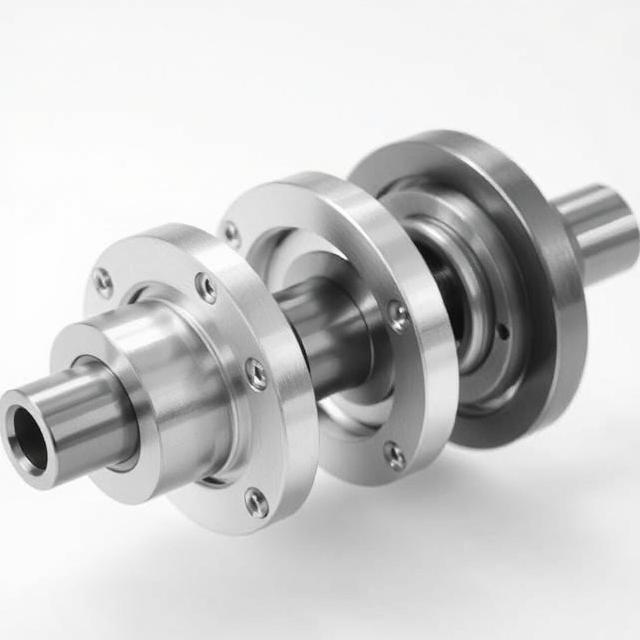Couplings are essential components in mechanical and industrial systems, designed to connect two shafts to transmit power efficiently. They play a crucial role in maintaining smooth operation, reducing wear on equipment, and preventing costly downtime. By providing torque transmission, accommodating misalignment, and absorbing vibrations, couplings ensure the long-term reliability of machinery in various industries.
One of the primary functions of a coupling is to transmit power from a driving shaft to a driven shaft while compensating for minor misalignments. Misalignment between shafts is a common cause of premature equipment failure, leading to unnecessary repairs and downtime. Flexible couplings are particularly effective in these scenarios, as they can absorb angular, axial, and parallel misalignments while maintaining smooth torque transmission. This capability protects connected equipment such as pumps, compressors, and conveyors, ensuring consistent performance under varying operational conditions.
Industrial machinery often experiences shocks, vibrations, and sudden load changes during operation. Couplings help mitigate these issues by acting as a buffer between connected shafts. Shock-absorbing couplings reduce stress on equipment, prevent damage, and enhance operational safety. For example, in high-speed pumps and motors, torsional vibrations can lead to excessive wear or shaft misalignment. By incorporating high-quality couplings, engineers can safeguard critical components and extend the machinery's lifespan.
Maintenance is another crucial aspect of coupling performance. Many modern couplings are designed to be maintenance-friendly, reducing the need for frequent inspections or lubrication. This not only saves time but also minimizes operational costs while ensuring continuous productivity. Trusted solutions like Rathi Couplings are engineered for durability, reliability, and minimal maintenance, providing peace of mind for industrial operators and maintenance teams.
Choosing the right coupling requires careful consideration of multiple factors. These include torque and power requirements, shaft alignment, operating conditions, environmental factors, and the type of machinery. Rigid couplings are suitable for applications where precise alignment is essential, while flexible couplings are ideal for systems that experience misalignment or shock loads. Gear couplings and jaw couplings offer high torque capacity and vibration absorption, making them suitable for heavy-duty machinery. Disc couplings, on the other hand, provide high torsional rigidity and precision, ideal for servo motors and high-speed equipment.
In addition to improving performance, couplings contribute to overall industrial efficiency. By reducing vibration, accommodating misalignment, and transmitting torque efficiently, they minimize mechanical failures, enhance productivity, and reduce maintenance costs. Modern advancements in coupling technology, such as high-strength materials, compact designs, and smart monitoring features, further enhance their reliability and suitability for demanding industrial applications.
In conclusion, couplings are vital for ensuring the smooth operation and long-term efficiency of industrial machinery. They provide reliable torque transmission, reduce vibrations, and protect equipment from misalignment and shock loads. Investing in high-quality couplings enhances machine performance, reduces downtime, and maximizes productivity. With engineered solutions like Rathi Couplings, industries can achieve operational reliability, extended equipment life, and optimized industrial efficiency.





Comments